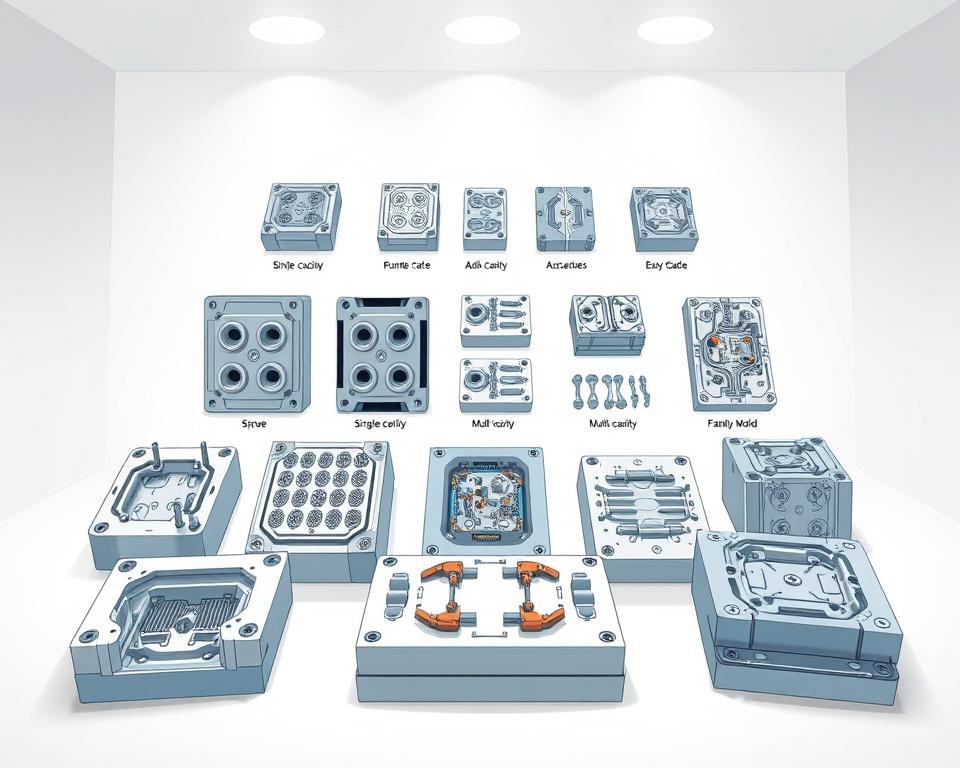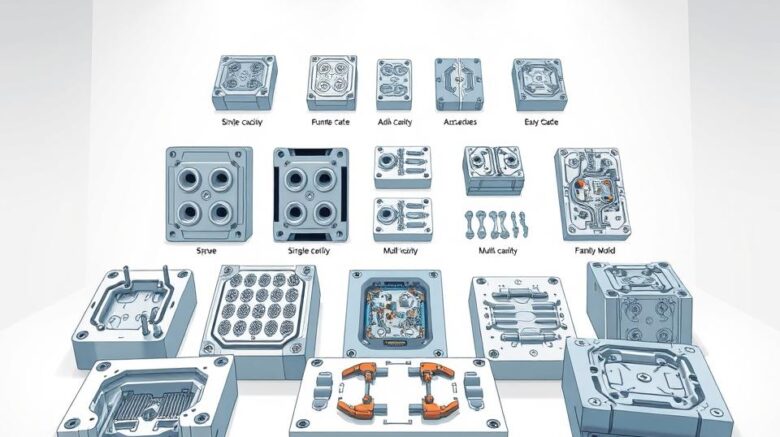China Injection Molding Sourcing: A Complete Guide
Well, the major meeting has just concluded. your new product is a go, the timeline is aggressive, and the budget is, let’s say, constrained.. Then a voice—perhaps your manager or the CFO—drops the line that gives every project manager a shock: “We should look at sourcing this from China.”
Of course, you acknowledge. On paper, it’s logical. The potential savings can be massive. However, your brain is racing with concerns. You know the rumors, don’t you? The nightmare of defective parts, opaque communication, and delayed, off-spec shipments. It feels like walking a thin line between big savings and total project failure.
Here’s the thing, though. Procuring plastic mold company needn’t be a roll of the dice. It’s simply another project with clear steps. And its outcome hinges on the approach you take. It’s less about finding the absolute cheapest quote and more about finding the right partner and managing the process with your eyes wide open. Disregard those scary tales. Let’s walk through a real-world playbook for getting it right.

First Things First: Your Homework
Before you even whisper the word “supplier” or open a browser tab to Alibaba, you need to get your own house in order. Truthfully, over fifty percent of offshore sourcing issues originate in an unclear project brief. You can’t expect a factory on the other side of the world to read your mind. A vague RFQ is like telling a contractor to bid on “a house.” The replies will range from absurdly low to exorbitant, none of which help.
Aim to craft an RFQ package so precise and comprehensive it leaves no room for error. This package is your project’s foundation.
So, what goes in it?
Start with your 3D design files. They cannot be skipped. Stick to universal formats like STEP or IGS to avoid any compatibility headaches. This is the authoritative CAD geometry.
However, 3D alone won’t cut it. Include precise 2D engineering drawings. This is where you call out the stuff that a 3D model can’t communicate. Examples include tolerances (e.g., ‘25.00±0.05 mm’), material grade, surface finish requirements, and functional callouts. Any seal surfaces or critical hole sizes must be clearly labeled.
Then specify the material. Avoid generic terms like “Plastic.” Nor just “ABS.” Be specific. If you need SABIC Cycolac MG38 in black, say exactly that. What’s the reason? Because resin grades number in the thousands. Specifying the exact resin grade ensures you get the strength, flexibility, UV resistance, and color consistency you planned for with what is plastic mold.
Your supplier might propose substitutes, but you must set the baseline.
Don’t forget the commercial info. What is your Estimated Annual Usage (EAU)? They need clarity: is it 1,000 total shots or a million units per annum? Cavity count, tooling cost, and per-unit pricing depend on volume.
Finding the Right Supplier
Okay, your RFQ package is a work of art. who will you target? Online sourcing is global but crowded. It’s easy to find a supplier; it’s hard to find a good one.
Begin on popular marketplaces such as Alibaba or Made-in-China. They offer breadth but not depth. Use them to build a shortlist, not the final list. You’ll want to quickly build a list of maybe 10 to 15 companies that look promising.
Still, you must dig deeper. Consider using a sourcing agent. Yes, they take a cut. But a reputable agent brings pre-screened factories. They bridge language and cultural gaps. As a newcomer, this offers priceless security. It’s schedule protection.
Another tactic: trade exhibitions. With budget permitting, Chinaplas or similar shows are invaluable. Nothing beats a face-to-face conversation. Inspect prototypes, interview engineers, and sense their capabilities. Plus, ask peers for referrals. Ask other project managers in your network. A solid referral can be more valuable than any ad.
Separating Real Suppliers from Pretenders
With your RFQ dispatched to dozens of firms, the quotes will start trickling in. Some prices will undercut logic, others will shock you. Your task is to filter them down to 2–3 credible finalists.
What’s the method? It involves both metrics and gut feel.
Begin with responsiveness. Is their turnaround swift and concise? Is their English good enough for complex technical discussions? The true litmus: are they raising smart queries? The best firms will question and suggest. Example: “Should we add draft here for better ejection?” or “Your tolerance may require extended CMM time—okay?” That’s a huge positive sign. You know they know their stuff. A supplier who just says “No problem” to everything is a walking red flag.
Then confirm their machinery specs. Request their machine list. Review examples of parts akin to your design. A small-gear shop won’t cut it for a big housing.
Next up: the factory audit. You can’t skip this. Just as you interview hires, audit suppliers. You can either go yourself or, more practically, hire a third-party auditing firm in China to do it for you. They dispatch an on-site auditor for a day. They confirm legitimacy, audit ISO 9001, inspect equipment condition, and gauge the facility. It’s the best few hundred dollars you will ever spend on your project.
Transforming CAD into Real Parts
You’ve selected your partner. you’ve negotiated the price and payment terms—a common structure is 50% of the tooling cost upfront to begin work, and the final 50% after you approve the first samples. Then comes the real action.
Initially, expect a DFM report. Design for Manufacturability (DFM) is essential. This is your supplier’s formal feedback on your part design. It will highlight potential issues like areas with thick walls that could sink, sharp corners that could cause stress, or surfaces without enough draft angle for clean ejection from the mold. Comprehensive DFM equals a top-tier supplier. It’s a two-way partnership. You iterate with their team to optimize the mold.
With DFM sign-off, toolmaking begins. In a few weeks, you’ll see “T1 samples are on the way.” These are your initial mold shots. They are your moment of truth.
Be prepared: T1 samples are almost never perfect. That’s standard process. Look for small flaws, slight size errors, or surface marks. You supply feedback, they tweak the tool, and T2 plastic mold in China samples follow. This process might take a couple of rounds. The key for you, as the project manager, is to have this iteration loop built into your timeline from the start.
Eventually, you will receive a part that is perfect. Dimensions, finish, and performance all check out. This becomes the “golden sample.” You sign off, and it serves as the master quality reference.
Completing the Sourcing Journey
Landing the golden sample is huge, yet the project continues. Now comes full-scale production. How do you maintain consistency for part 10,000?
You need a clear Quality Control plan. Typically, this means a pre-shipment audit. Again, you can hire a third-party service. They’ll randomly select parts, compare them to specs and golden sample, and deliver a detailed report. They provide a photo-filled inspection report. After your approval, you release the shipment and final funds. This step saves you from a container of rejects.
Finally, think about logistics. Understand the shipping terms, or Incoterms. Does FOB apply, passing risk at the ship’s rail? Or EXW, where you handle everything from their gate? These choices hugely affect landed cost.
Sourcing from China is a marathon, not a sprint. It hinges on strong supplier relations. Treat them like a partner, not just a line item on a spreadsheet. Transparent dialogue, respect, and process discipline win. Certainly, it’s complex. But with this roadmap, you can succeed, achieve savings, and maintain quality. You’re set to succeed.
